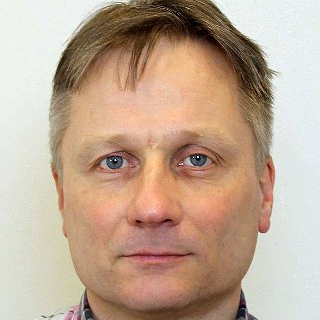Preprint
Article
Structural Changes in Boreal Forests Can Be Quantified Using Terrestrial Laser Scanning
Altmetrics
Downloads
216
Views
171
Comments
0
A peer-reviewed article of this preprint also exists.
Submitted:
06 July 2020
Posted:
08 July 2020
You are already at the latest version
Alerts
Abstract
Terrestrial laser scanning (TLS) has been adopted as a feasible technique to digitize trees and forest stands, providing accurate information on tree and forest structural attributes. However, there is limited understanding on how a variety of forest structural changes can be quantified using TLS in boreal forest conditions. In this study, we assessed the accuracy and feasibility of TLS in quantifying changes in the structure of boreal forests. We collected TLS data and field reference from 37 sample plots in 2014 (T1) and 2019 (T2). Tree stems typically have planar, vertical, and cylindrical characteristics in a point cloud, and thus we applied surface normal filtering, point cloud clustering, and RANSAC-cylinder filtering to identify these geometries and to characterize trees and forest stands at both time points. The results strengthened the existing knowledge that TLS has the capacity to characterize trees and forest stands in space and showed that TLS could characterize structural changes in time in boreal forest conditions. Root-mean-square-errors (RMSEs) in the estimates for changes in the tree attributes were 0.99-1.22 cm for diameter at breast height (Δdbh), 44.14-55.49 cm2 for basal area (Δg), and 1.91-4.85 m for tree height (Δh). In general, tree attributes were estimated more accurately for Scots pine trees, followed by Norway spruce and broadleaved trees. At the forest stand level, an RMSE of 0.60-1.13 cm was recorded for changes in basal area-weighted mean diameter (ΔDg), 0.81-2.26 m for changes in basal area-weighted mean height (ΔHg), 1.40-2.34 m2/ha for changes in mean basal area (ΔG), and 74-193 n/ha for changes in the number of trees per hectare (ΔTPH). The plot-level accuracy was higher in Scots pine-dominated sample plots than in Norway spruce-dominated and mixed-species sample plots. TLS-derived tree and forest structural attributes at time points T1 and T2 differed significantly from each other (p < 0.05). If there was an increase or decrease in dbh, g, h, height of the crown base, crown ratio, Dg, Hg, or G recorded in the field, a similar outcome was achieved by using TLS. Our results provided new information on the feasibility of TLS for the purposes of forest ecosystem growth monitoring.
Keywords:
Subject: Biology and Life Sciences - Forestry
Copyright: This open access article is published under a Creative Commons CC BY 4.0 license, which permit the free download, distribution, and reuse, provided that the author and preprint are cited in any reuse.
MDPI Initiatives
Important Links
© 2024 MDPI (Basel, Switzerland) unless otherwise stated







